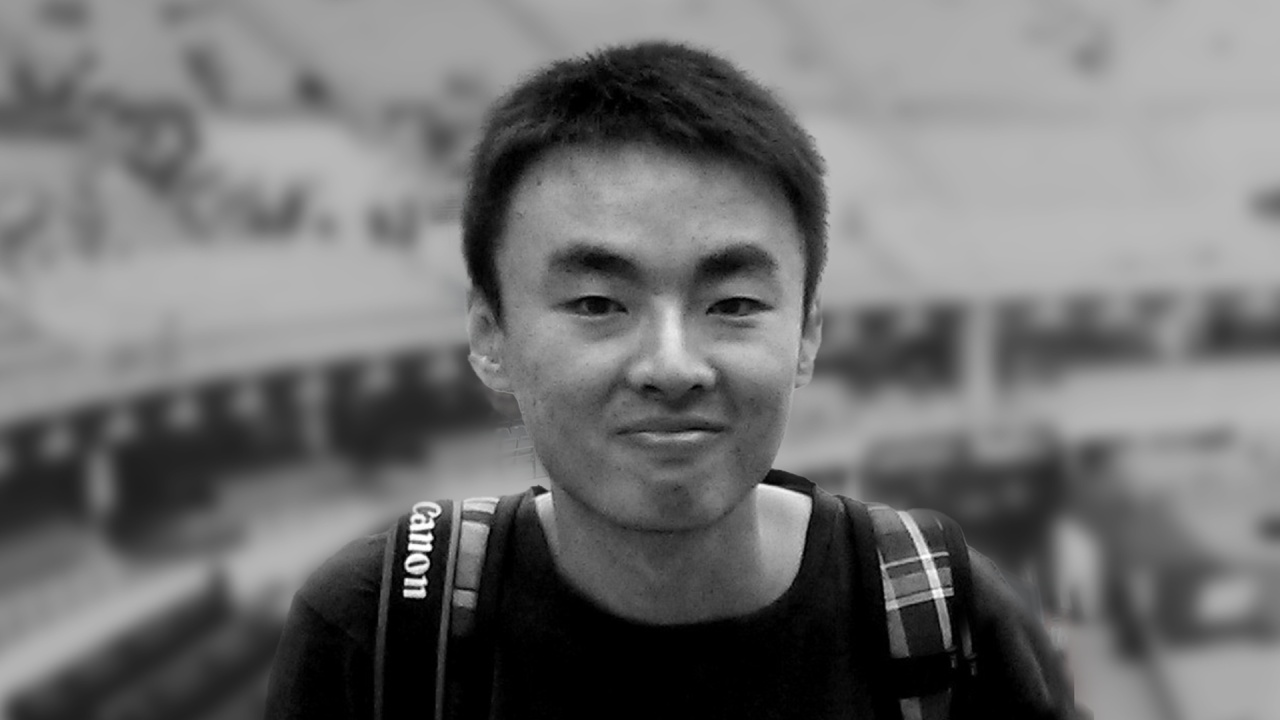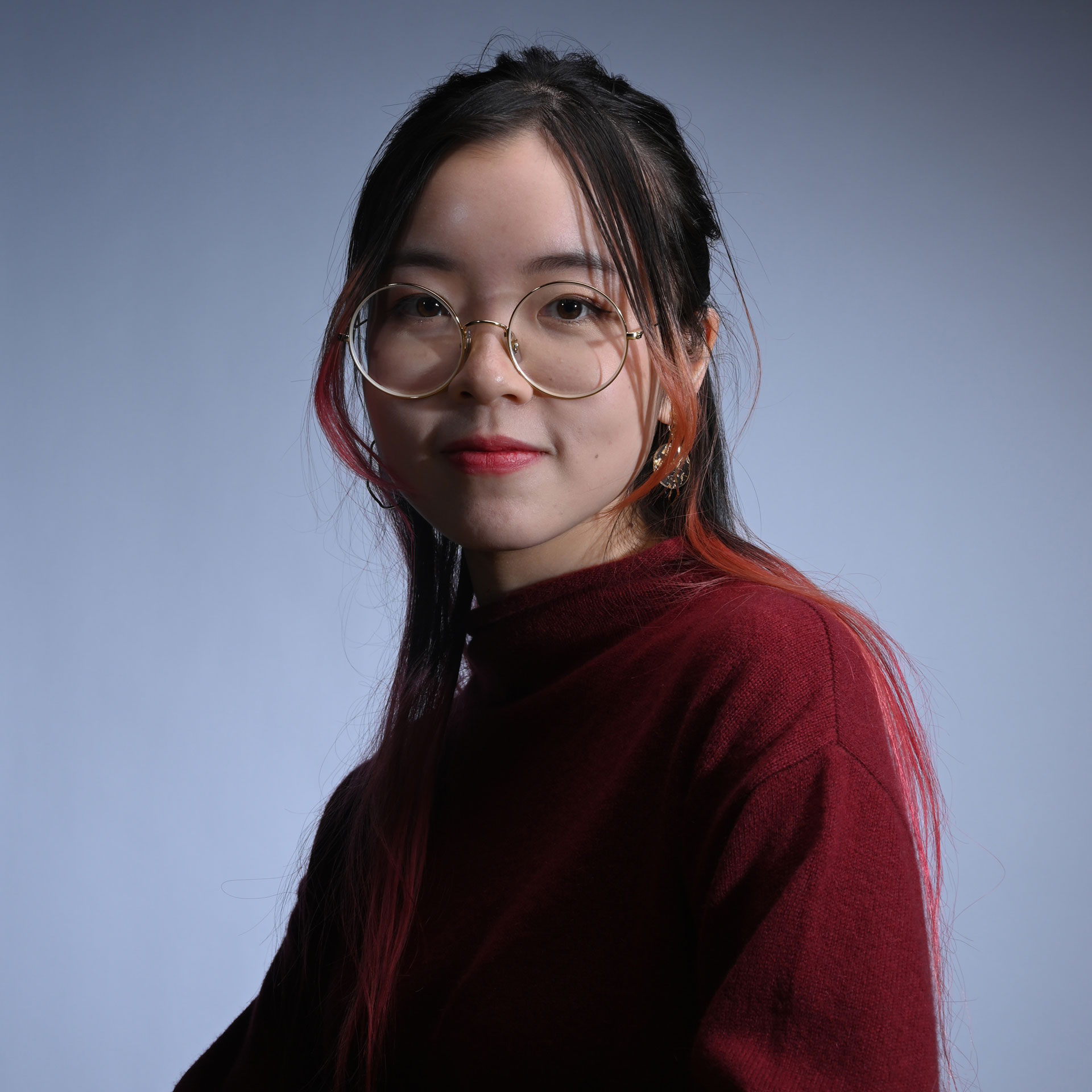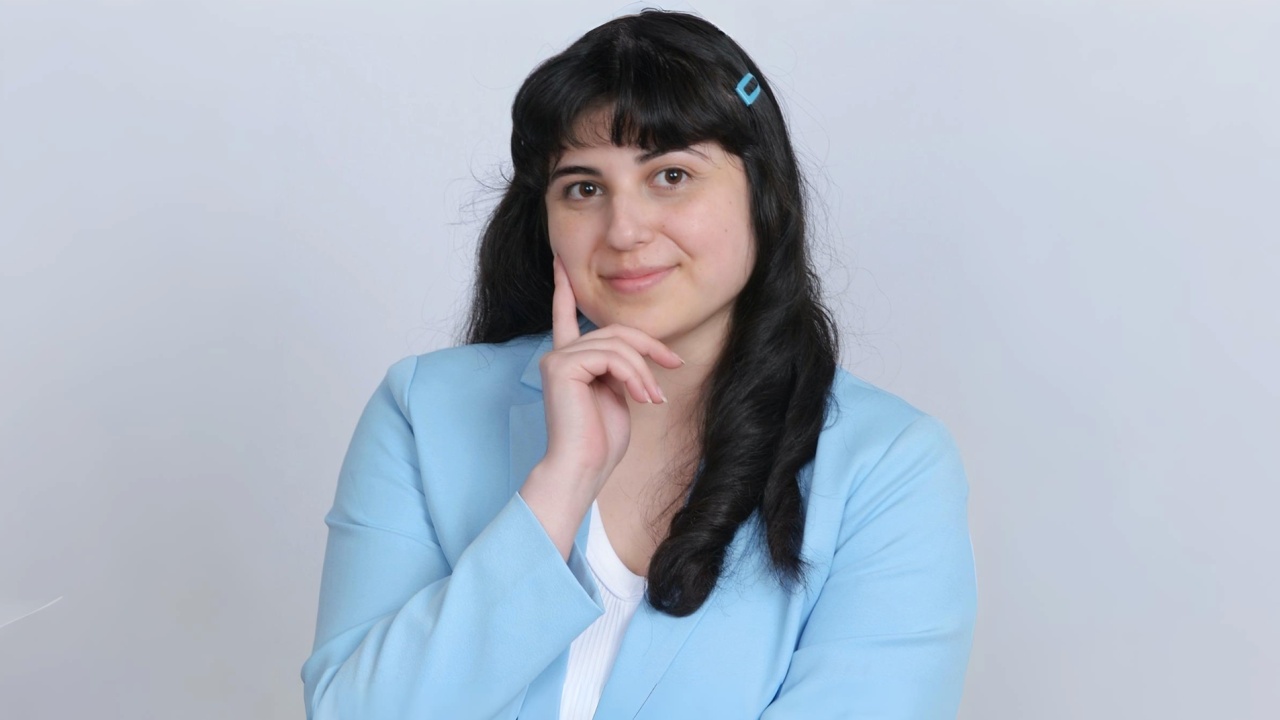Mingrui Jiang Creates Shelter of Light, a Serene Refuge for Reflection and Healing
Mingrui Jiang
Mingrui Jiang is an architectural designer exploring the intersection of architecture and urbanism to create spaces that resonate with their users. Guided by a curiosity about how the built environment shapes human experience, her work emphasizes design’s power to evoke emotion, memory, and dignity.
Thank you! I’m truly honored to be recognized by the MUSE Design Awards. I hold a Master of Science in Architecture and Urban Design (MSAUD) from Columbia University and currently work as an architectural designer at Fogarty Finger in New York. In my practice, I continue to explore the intersection of architecture and urbanism, seeking to create spaces that resonate deeply with their users.
My journey into design has been driven by a deep curiosity about how our built environment shapes human experience. I am particularly drawn to the impact design can have on people’s emotions, memories, and dignity—an ethos I strive to carry through all of my work.
Being recognized by an international platform like the MUSE Design Awards is incredibly validating. It reinforces the purpose and impact of my design work and affirms the values that guide my creative process. This recognition not only honors the effort and thought behind the project but also motivates me to continue pushing creative boundaries and exploring new dimensions of design.
The award has brought greater visibility to my work and initiated meaningful conversations about the role of architecture in healing and emotional well-being. This recognition has not only validated my approach but also strengthened my confidence to pursue more conceptually driven projects. It has encouraged me to further explore how design can foster emotional connection.
Experimentation is central to my creative process. In designing Shelter of Light, one of the most profound guiding questions was: How can architecture offer emotional solace in moments of grief? This led me to explore light not merely as an aesthetic element, but as a medium for healing. I experimented with how light could soften the boundaries between interior and exterior, between time and memory.
The result was a space where light does more than illuminate—it nurtures, comforts, and guides. This project reaffirmed my belief that experimentation can lead to emotionally resonant and transformative design.
For Shelter of Light, I drew inspiration from the traditional Chinese garden, particularly in how these spaces frame absence, transitions, and the passage of time. The garden’s courtyards, with their carefully considered light and air, influenced my approach to creating spatial thresholds—places that evoke impermanence and invite visitors to reflect on life’s transient nature.
Good design is about listening—to the space, the context, and the people who will inhabit it. Especially in sensitive environments such as hospices, design should not dominate but instead create a backdrop for reflection, peace, and healing.
The key is building trust and fostering open communication. I begin by deeply understanding the client’s values and vision, then present my ideas as responses to their needs. When clients see that my approach is rooted in empathy and a genuine understanding of their goals, they are often more receptive to unconventional or creative design solutions. Design, after all, is a partnership—not a transaction.
One of the major challenges I faced when designing Shelter of Light was addressing the cultural stigma surrounding death in China. Designing a hospice in Suzhou required a delicate balance: the architecture needed to be peaceful and respectful without becoming overtly somber.
I turned to natural materials, light, and landscape integration to create a space that feels warm, continuous, and full of life—honoring the cultural context while providing a healing environment.
When I hit a creative block, I find it helpful to step away and let my mind wander. I go for long walks in nature, read, or revisit places that have had a deep emotional impact on me. Often, clarity emerges when I stop forcing a solution. I also sketch purely for joy, without any pressure to design, which helps me reconnect with the essence of creation.
Empathy, stillness, and a deep respect for human dignity guide my design approach. Growing up in China and later living in cities such as Liverpool, Ann Arbor, and New York has made me sensitive to how people from different cultures relate to space, light, and privacy. I strive to design with these cultural and emotional nuances in mind, creating spaces that foster connection, reflection, and healing.
Design has the power to respond to real human needs—never lose sight of that purpose. Be open to experimentation, embrace uncertainty, and don’t be afraid to take risks. Growth often comes from stepping outside your comfort zone. And most importantly, always give it a try—some of the most meaningful work begins with simply being willing to start.
I would love to collaborate with Peter Zumthor. His ability to distill architecture into pure atmosphere and emotion is something I deeply admire. His work emphasizes the sensory experience of space—an approach I also strive to achieve in my own designs. The possibility of blending his expertise in creating immersive environments with my focus on healing spaces would be an incredible opportunity.
I wish people would ask me this: “What feeling did you want people to leave with?”
With Shelter of Light, I hoped visitors would leave with a sense of peace—not because everything is okay, but because the space allows them to sit with grief, transition, and memory in a dignified way. Architecture can hold people gently through difficult moments, shaping a place that uplifts, nurtures, and softly awakens the spirit—a sanctuary where life’s final chapter is cradled in serenity, beauty, and grace.
Winning Entry

Explore the journey of Xinyun Li from the United States, the Gold Winner of the 2025 MUSE Design Awards. She approaches architecture as a language of connection, weaving together people, memory, and place into designs that look forward while honoring the past.
ADVERTISEMENT
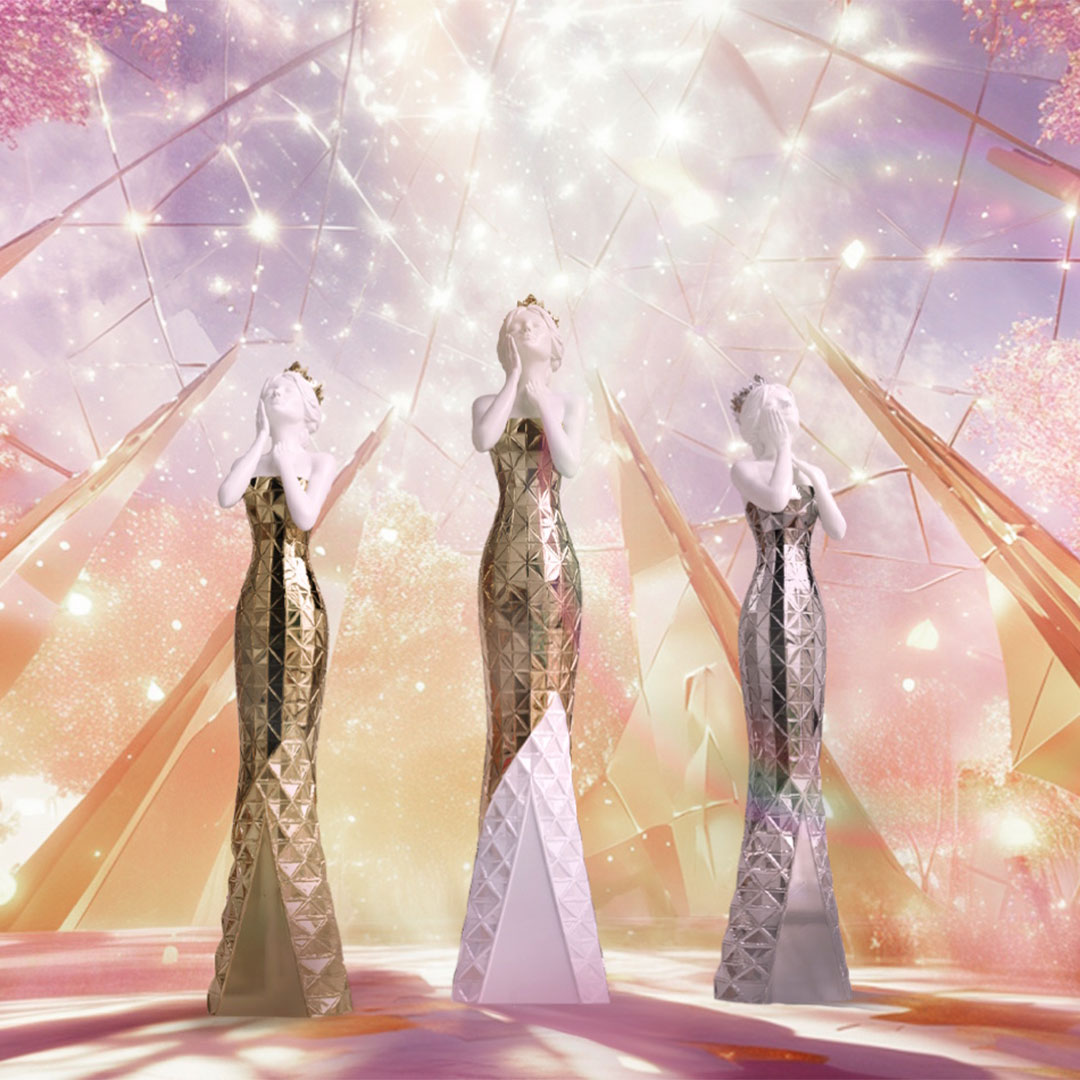


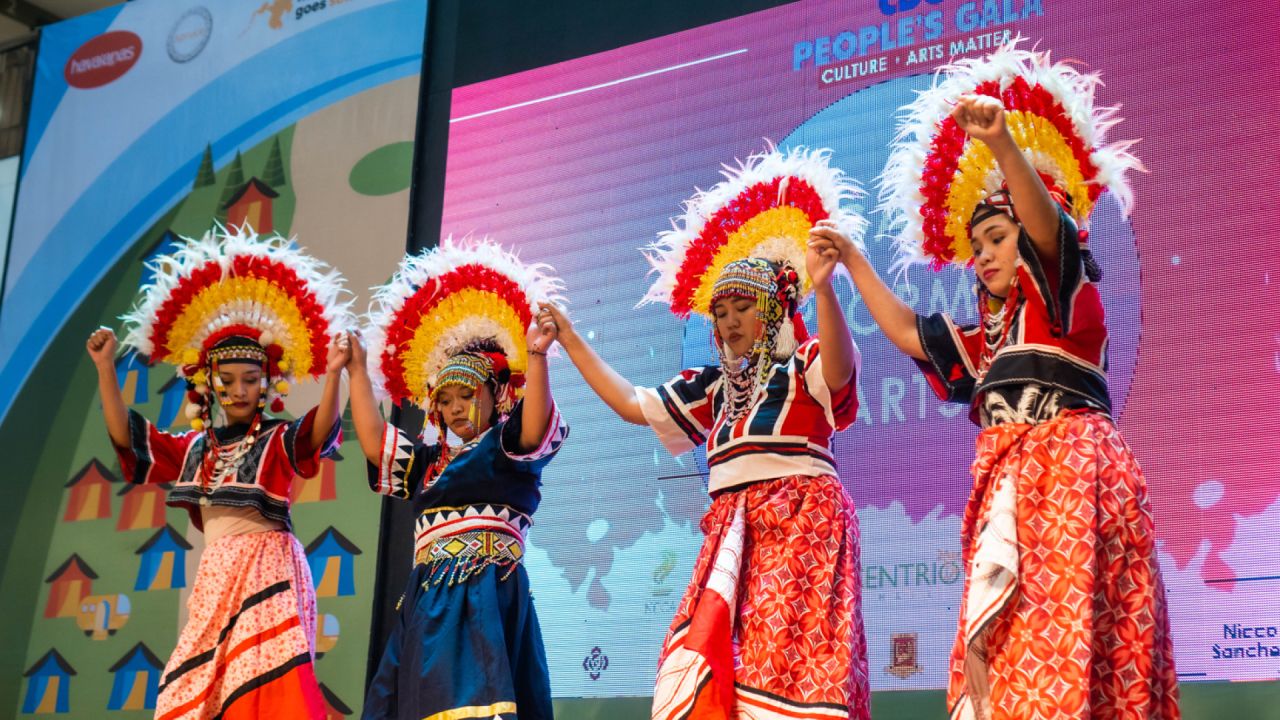
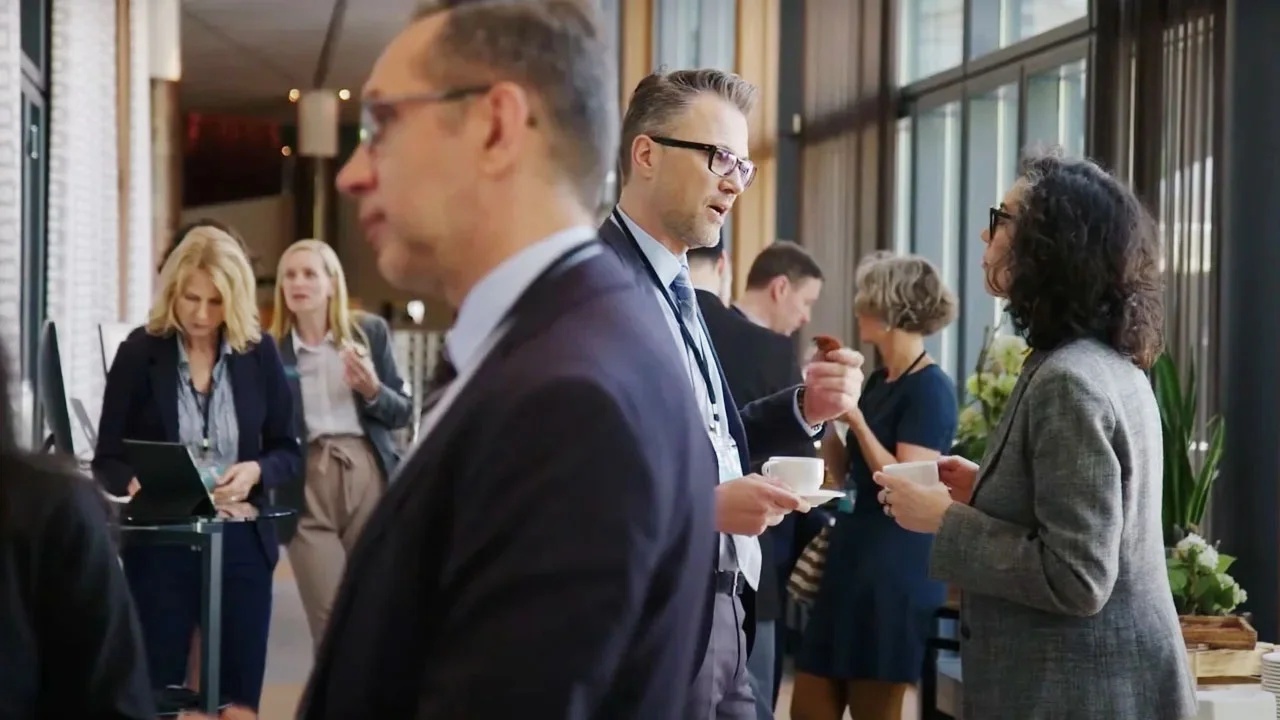
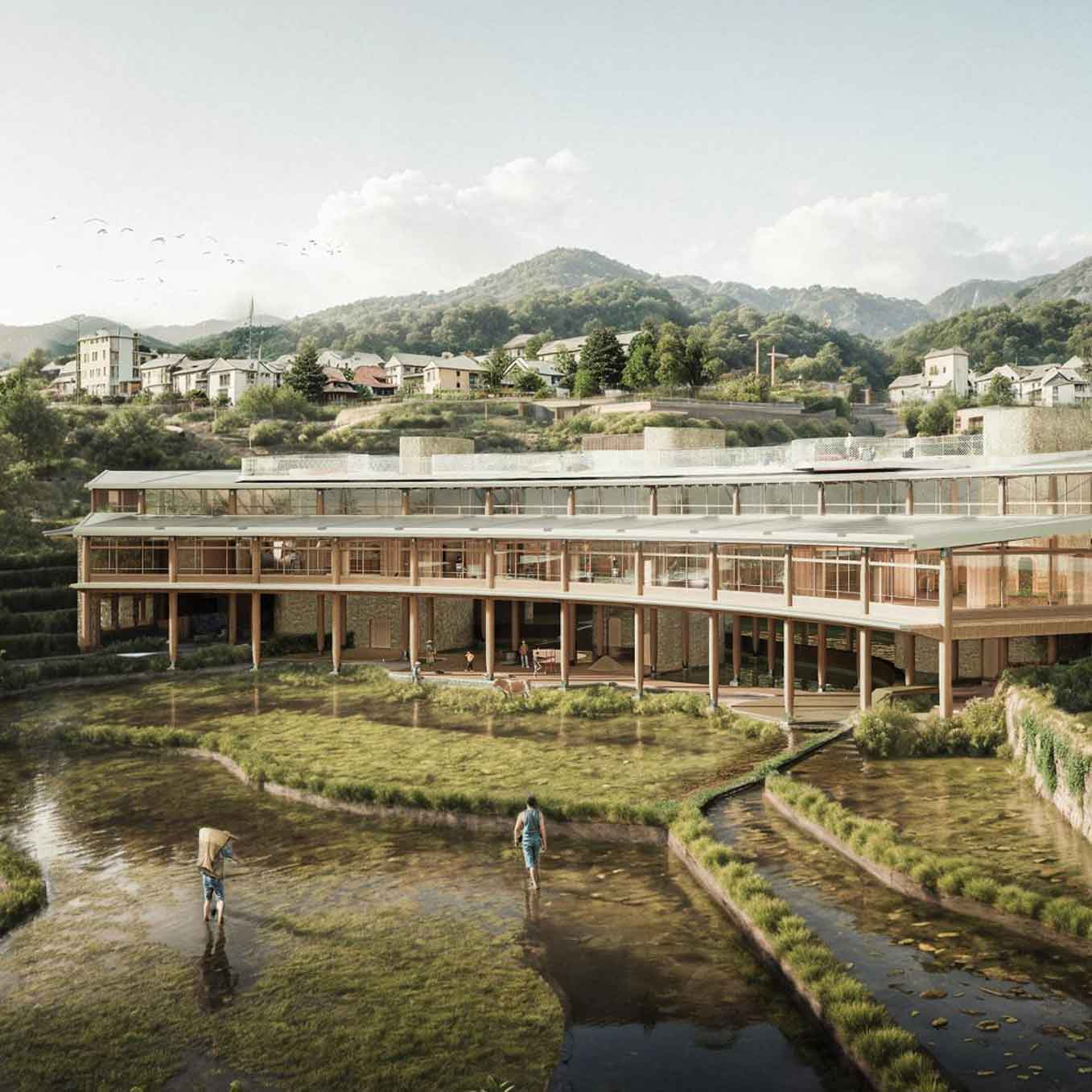
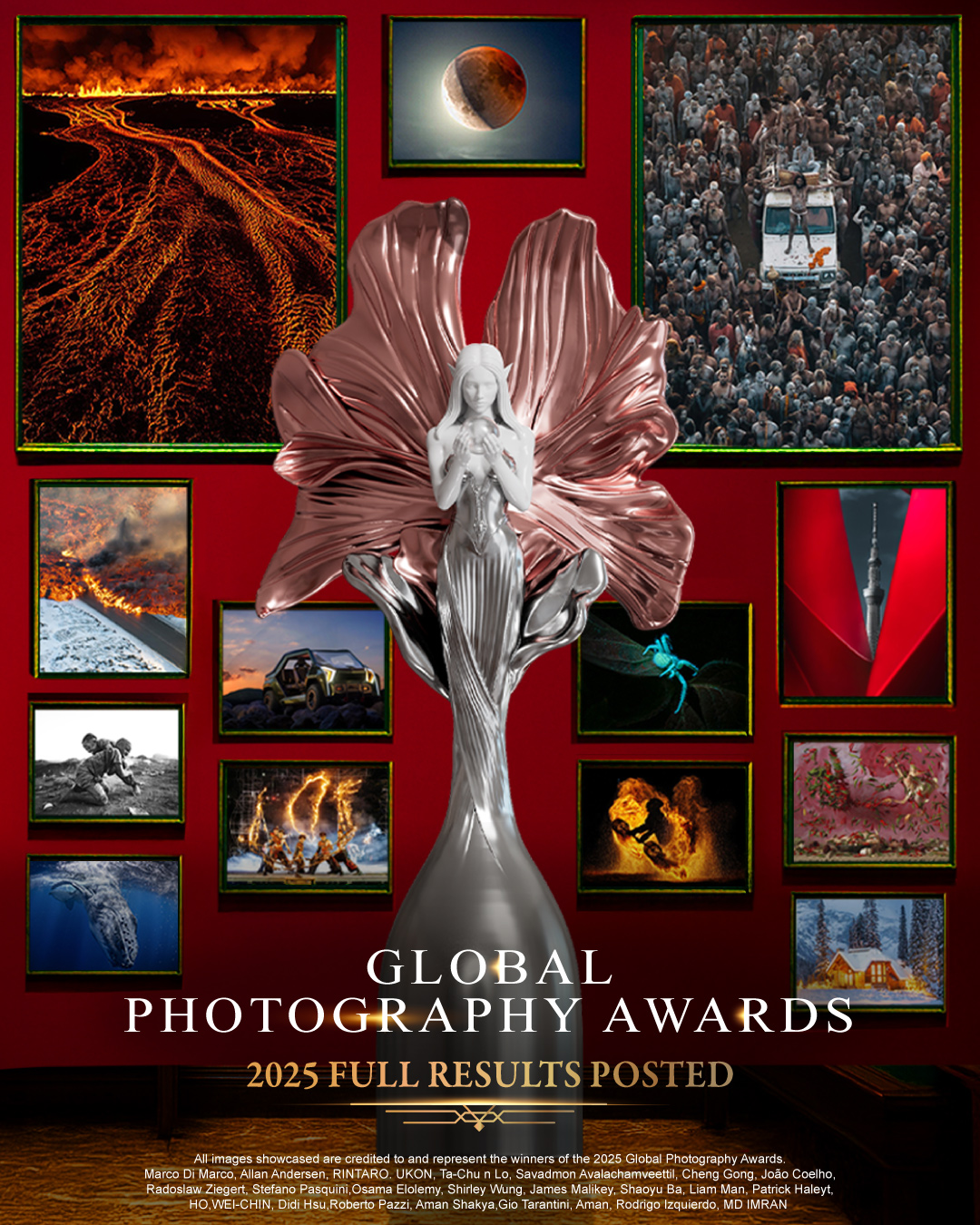
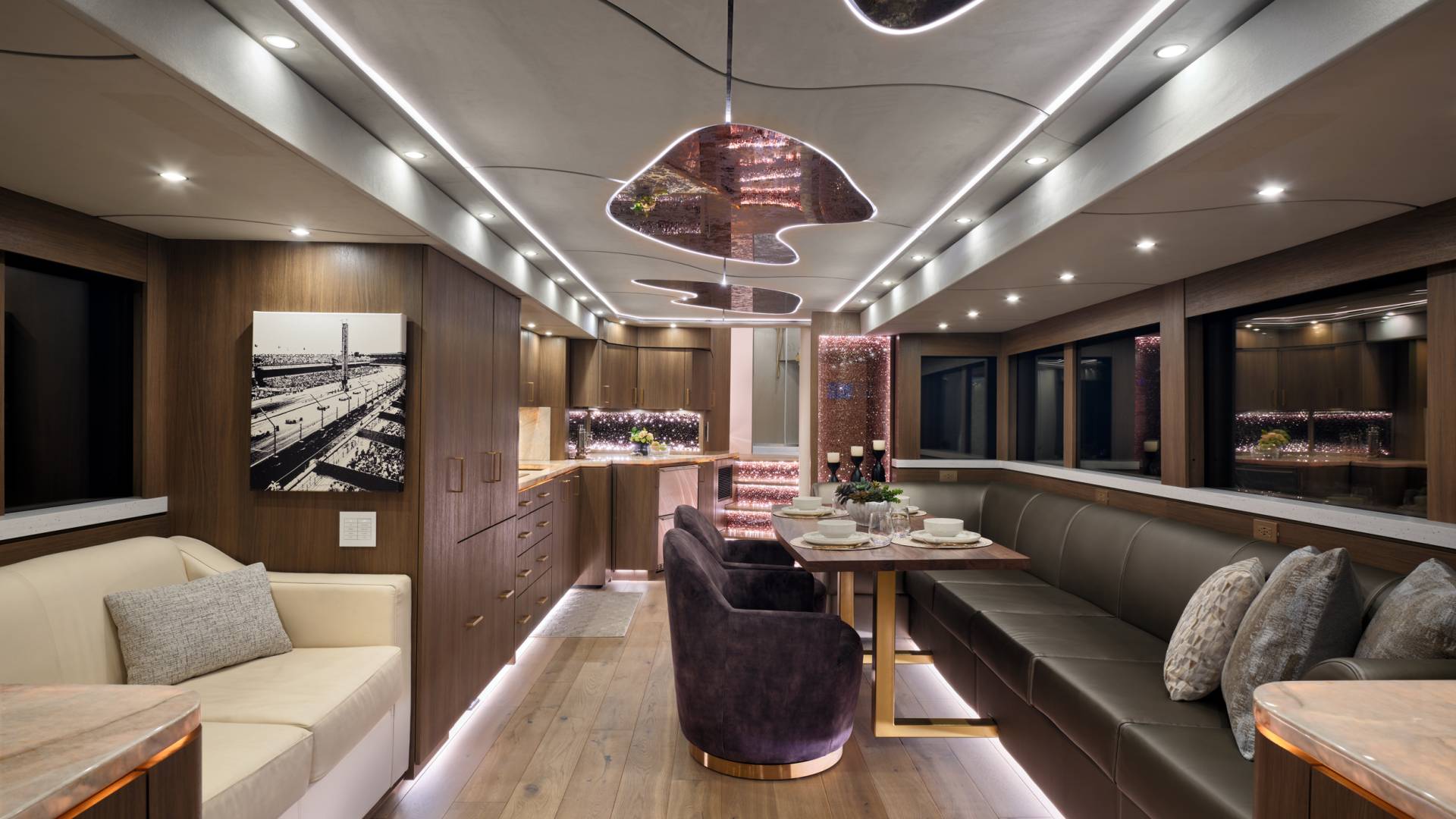
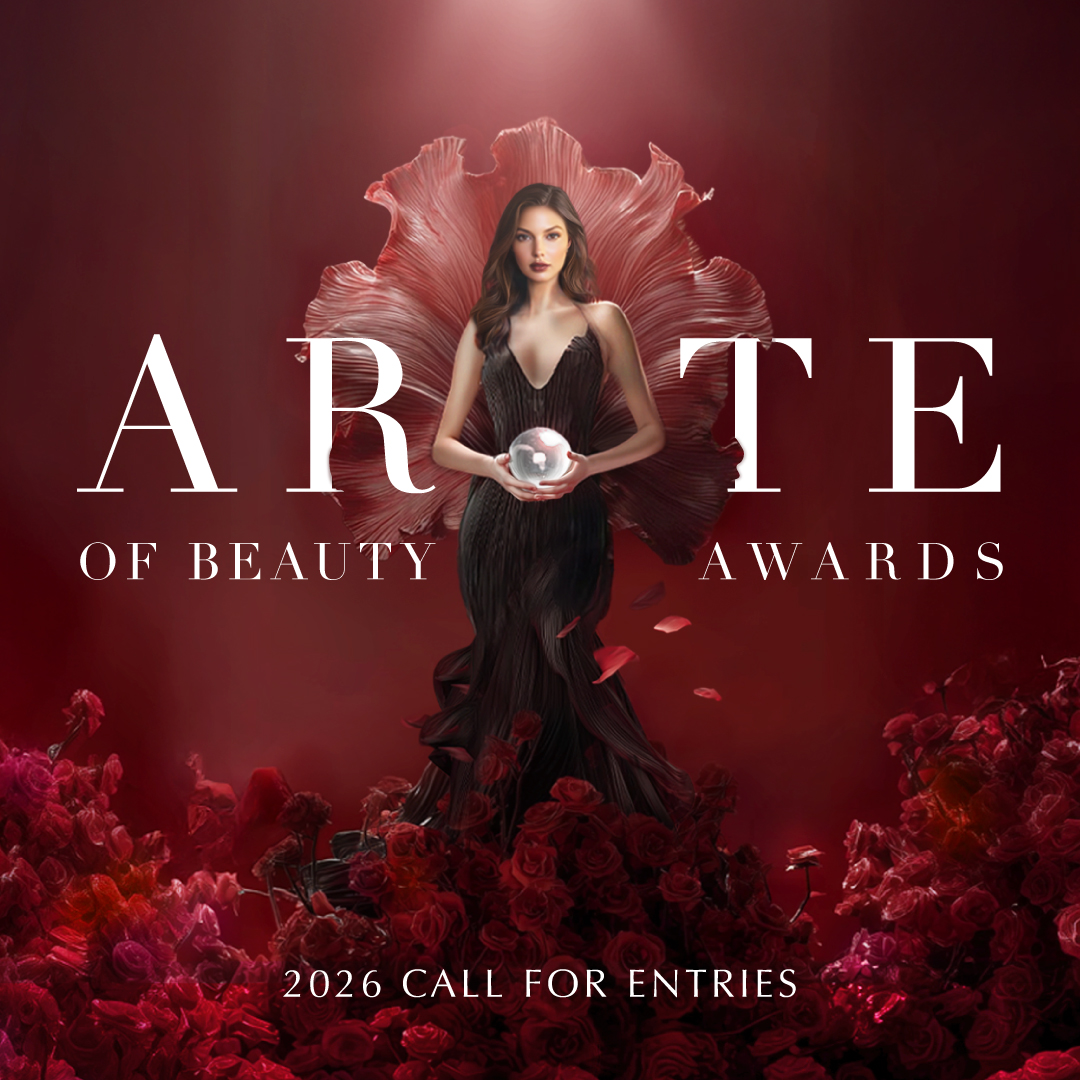

IAA GLOBAL AWARDS
MUSE Awards
Vega Awards
NYX Awards
TITAN Awards
- TITAN Business Awards
- TITAN American Business Awards
- TITAN Property Awards
- TITAN Women In Business Awards
- TITAN Health Awards
- TITAN Innovation Awards
- TITAN Brand Awards
NY Awards
- NY Product Design Awards
- NY Architectural Design Awards
- New York Photography Awards
- NY Digital Awards
LIT Awards
Noble Awards
Arte Collection
- Arte of Beauty Awards
- European Photography Awards
- iLuxury Awards
- French Design Awards
- French Fashion Awards
- Global Photography Awards
- Rome Design Awards



